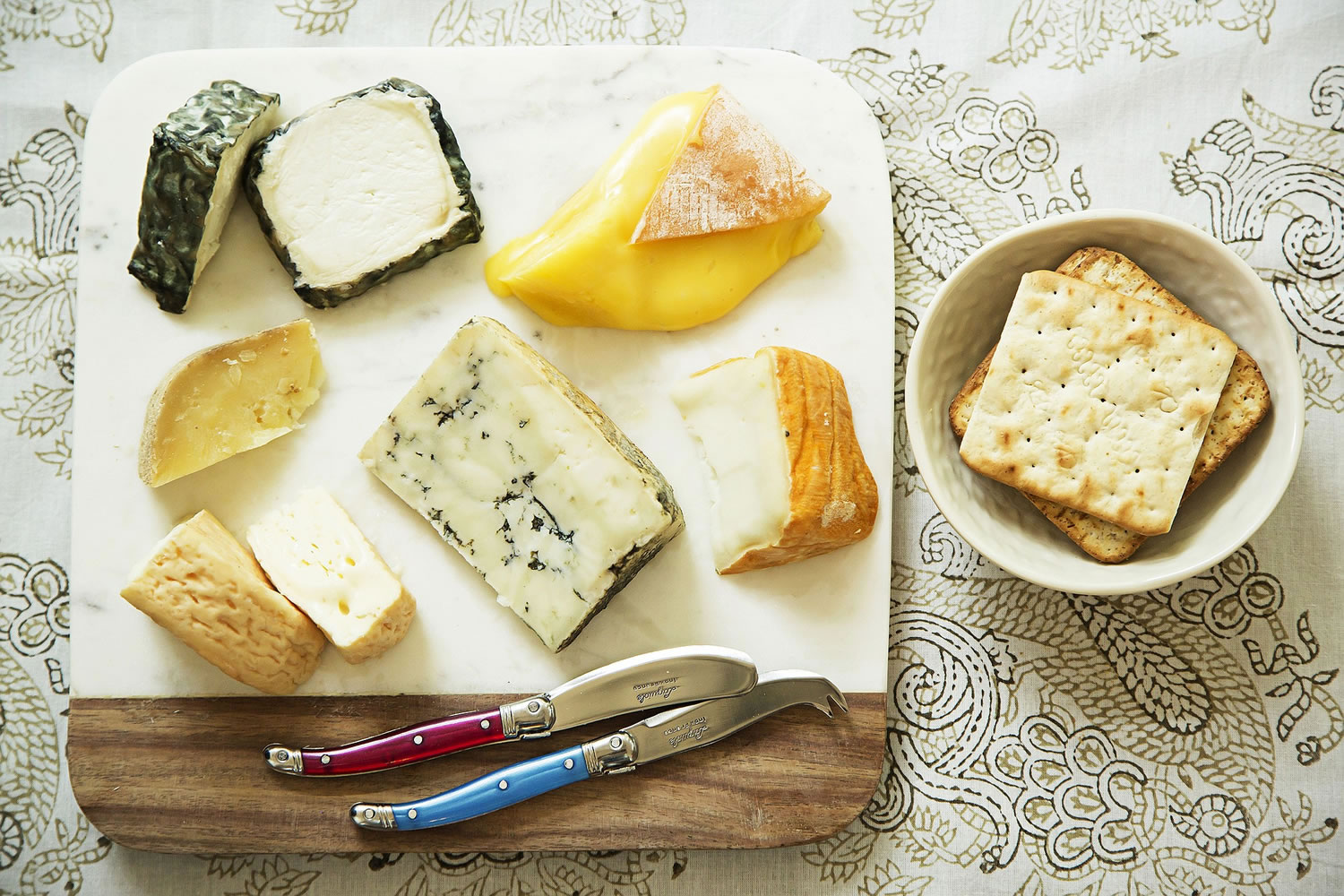For some people, the summer solstice signals the true start of the season, but for Sophie Slesinger, it’s the release of Grayson cheese. “It’s the kind of thing cheese mongers get excited about,” says Slesinger, the cheese specialist at Blue Duck Tavern in Washington. “You’ll hear everyone buzzing about it: ‘It’s June. Grayson’s coming back!’ “
Grayson, made in the mountains of southwestern Virginia by Meadow Creek Dairy, is just one of many cheeses from across the country that true turophiles long for as spring turns into summer. Such cheeses are made in the Alpine tradition from the milk of cows, sheep and goats that have been released into their summer pastures to munch on fresh grass, clover, wild onions and dandelions galore.
The result is often lighter in flavor and texture than its counterpart from wintertime, when the same animals are living a more sedentary life, feasting on dried hay in warm barns and producing milk with a higher fat content.
“Cheese is an agricultural product like anything else, which means it’s seasonal,” says Slesinger. “Americans are now starting to realize what everybody else already knew.”



